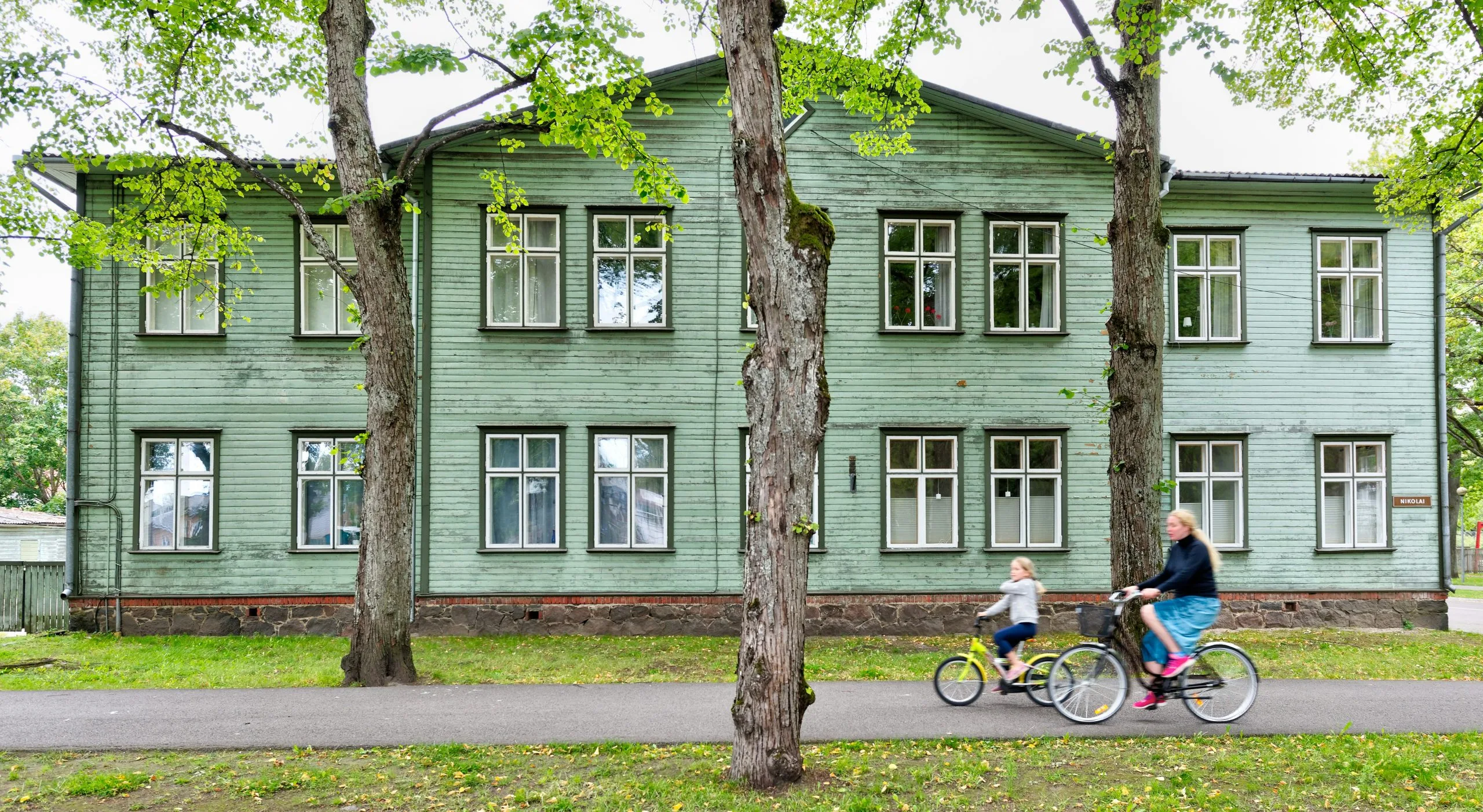The magic of Prague’s architecture is hard to overstate. Its cobble-stoned streets, majestic cathedrals and beautiful buildings attract millions of tourists per year. According to Prague City Tourism, the total revenue from Czechia’s incoming tourism in 2016 was 5.7 billion euros. Tourism is a key component of the city’s economy. However, beneath this veneer of beauty lies a pressing issue which remains unaddressed: the growing homelessness crisis.
According to Štěpán Bärt, head of the Center for Architecture and Metropolitan Planning (CAMP), prices run to around 150,000 crowns (just under 6,000 euros) per square metre for a property in Prague. Thanks to spiralling prices, getting onto the property ladder is becoming more difficult. Today in Czechia, prospective homeowners must come up with 13 times the average yearly salary.
Young wannabe homeowners are hardest hit by increasing property prices, along with renters of all ages, who suffer thanks to skyrocketing rents, especially in the aftermath of the Covid-19 pandemic’s regulatory expansion and its effects on the economy.
While homelessness is on the increase, local development rules (which include construction permissions) are becoming more stringent, exacerbating the problem. Excessive planning rules stop Czechia building the homes it needs. The government’s inaction despite the crisis is deafening, with President Petr Pavel recognising the issue but failing to take any meaningful steps towards rolling back the red tape which is fuelling it.
It is important to safeguard Prague’s architectural legacy, but at what cost? Such a reluctant approach in upgraded construction rules which determine how tall a building should be, the design, the materials and the dimensions of a property construction during the housing crisis not only obstructs field development but also fails to meet standards of morality. When we don’t build enough houses, people end up homeless.
It’s not just planning restrictions
Supporters of the president’s inaction mostly point to the need to defend Prague’s aesthetics from overwhelming construction as the reason for the strict regulations on building new homes.
But it’s not just planning restrictions which are to blame. The central bank of Czechia made the crisis worse with the introduction of stricter mortgage regulations in its underwhelming attempt to keep inflation at two per cent, forcing commercial banks to offer mortgage rates which instead of helping their users, reinforce the housing crisis. Then the Central bank can boast about its success in keeping the inflation low, hiding the fact that its external debt in 2023 climbed to 1,096.9 billion crowns (around 43.8 billion euros) at the end of September.
Low-level policy solutions like the construction of new affordable housing units in an area of Smíchov are a good step forward, but they are not enough on their own to address the housing crisis. The uniquely Czech problem lies not just in increasing housing supply but in the reams of red tape which keep the housing market tied up tightly, inaccessible to swathes of young people.
Changeable regulations create dilemmas for innovators since it’s not possible to implement housing from other kinds of materials like the shipping containers which have become a very affordable way of building around the world, besides being a way to give a new use to those containers and help low-income people to afford a place to live. Prague’s rigid and poor adjustability in its construction sector is a serious problem as it trips up innovative problem-solving, prolonging the housing crisis.
A city more than the sum of its parts
Prague is trying to preserve its architectural heritage at the expense of the economic needs of younger generations. That’s a mistake. Safeguarding heritage is important, but the current short-sighted policy approach is bringing huge costs for living standards.
Through the gradual adoption of innovation and updating the most outdated regulations, Prague could become much more than the sum of its parts, maintaining its architectural heritage and peerless aesthetic while also opening up its economy to a new generation of young homeowners.
Photo by Christine Sandu on Unsplash.







